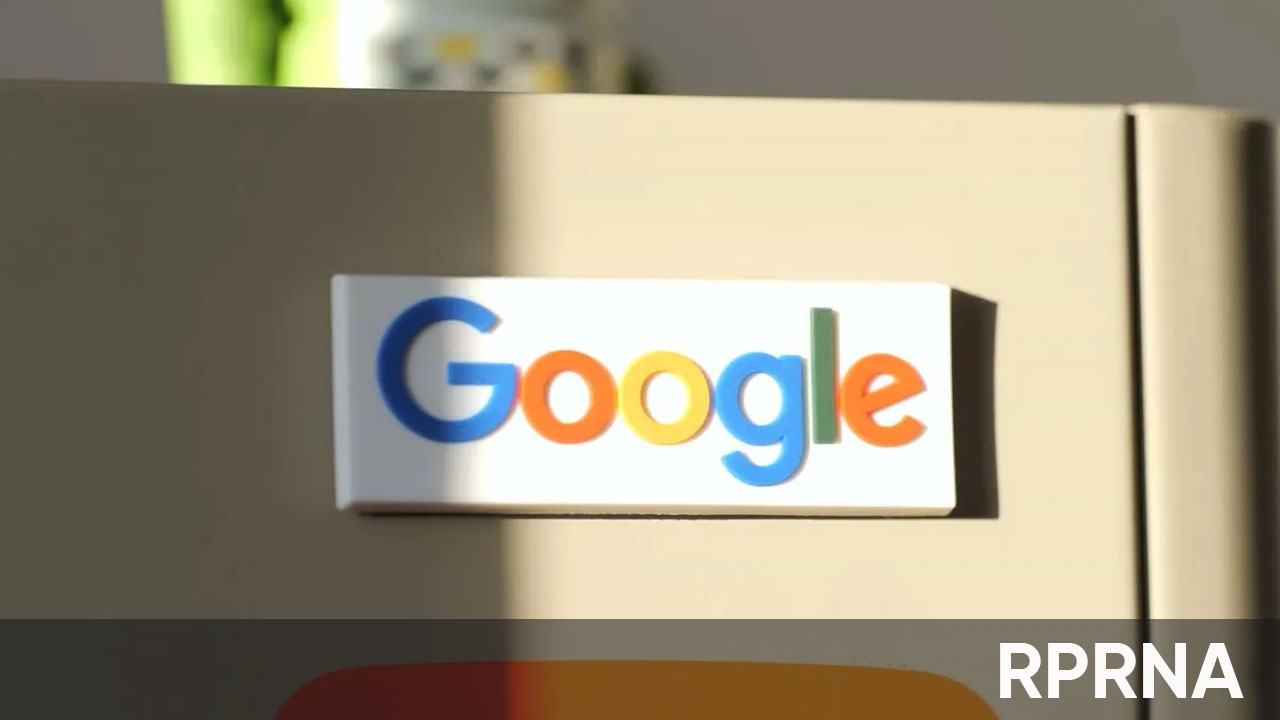Google is expanding Android to a new category of devices—extended reality (XR). Known as Android XR, this version of the operating system is designed for devices like virtual reality (VR) headsets, mixed reality (MR) glasses, and augmented reality (AR) wearables. It’s part of Google’s vision to support a growing ecosystem of devices beyond phones, tablets, TVs, and cars.
What Is Android XR?
Android XR is built to power various XR devices, including:
- Headsets: Offering immersive VR experiences with video or optical see-through capabilities.
- AR Glasses: Equipped with displays for enhanced interactions.
- AI Glasses: Lightweight glasses without screens, relying on microphones and cameras for inputs.
Google emphasizes its expertise in building platforms that are developer-friendly, work well with hardware partners, and host rich app ecosystems.
Learning from the Past
Google previously ventured into XR with products like Google Glass and Daydream VR. While these didn’t succeed at the time, Google believes the core ideas were ahead of their time, and advances in technology now make XR a more practical reality.
Key Partnerships and Features
Google is partnering with Samsung, Qualcomm, and others to make Android XR devices a success.
- Samsung: Developing a lightweight, advanced headset under Project Moohan, powered by the Snapdragon XR2+ Gen 2 chip.
- Qualcomm Partners: Companies like Lynx, Sony, and XREAL are working on various XR devices.
- Magic Leap: Google continues its collaboration to push the boundaries of AR technology.
Gemini: The AI Assistant for XR
The biggest innovation in Android XR is Gemini, Google’s new AI assistant designed specifically for XR. Gemini is more than a voice assistant—it interacts with what you see and hear, offering a natural way to control apps and devices.
- Ask questions about what you’re viewing in real life or on the device.
- Use conversational commands to manage your apps and settings.
Google highlights Gemini as the core of Android XR, making it the first OS designed with an AI assistant built into its foundation.
Headsets Now, Glasses Next
Google and Samsung are focusing first on XR headsets, which allow users to:
- Switch between virtual and real-world environments.
- Surround themselves with apps and content in immersive ways.
However, Google sees glasses as the ultimate goal.
- Display Glasses: For directions, translations, or notifications without needing to check your phone.
- Display-less Glasses: Relying on microphones, cameras, and Gemini for a seamless experience.
Prototypes of Android XR-powered glasses are already being tested in real-world scenarios to ensure privacy and usability.
Tools for Developers
Google is making it easier for developers to create XR apps with tools like:
- Jetpack Compose for XR: Create 3D spatial user interfaces.
- Material Design for XR: Prebuilt components that adapt to XR environments.
- Jetpack SceneCore: Build custom 3D experiences.
- ARCore for Jetpack XR: Integrate real-world understanding into apps.
An Android XR Emulator is also available in Android Studio, while platforms like Unity and Chrome XR are supported.
Looking Ahead
The Android XR Developer Bootcamp will launch in 2025 to help developers get started with this new platform. Google is optimistic about its XR future, envisioning productivity-focused headsets and intuitive glasses that merge digital and physical worlds seamlessly.
With Android XR, Google is setting the stage for a new era of immersive and practical technology.







